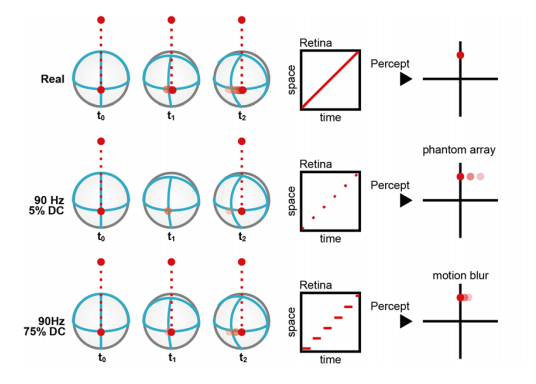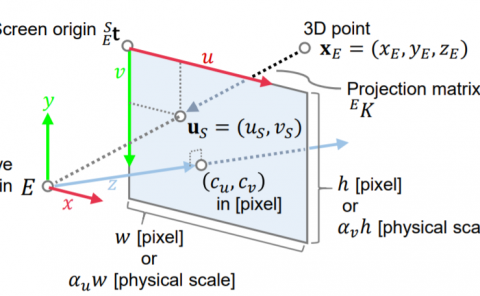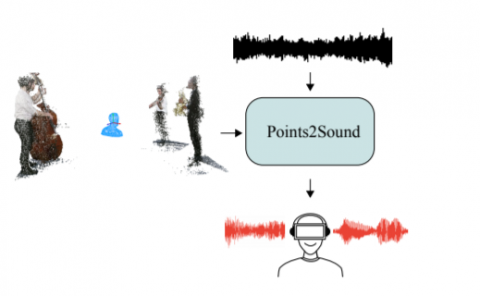Differences between oculomotor and perceptual artifacts for temporally limited head mounted displays
PubDate: June, 2020
Teams: Facebook, Justus Liebig University Giessen
Writers: Alexander Goettker, Kevin J. MacKenzie, T. Scott Murdison
PDF: Differences between oculomotor and perceptual artifacts for temporally limited head mounted displays

Abstract
We used perceptual and oculomotor measures to understand the negative impacts of low (phantom array) and high (motion blur) duty cycles with a high-speed, AR-likehead-mounted display prototype. We observed large intersubject variability for the detection of phantom array artifacts but a highly consistent and systematic effect on saccadic eye movement targeting during low duty cycle presentations. This adverse effect on saccade endpoints was also related to an increased error rate in a perceptual discrimination task, showing a direct effect of display duty cycle on the perceptual quality. For high duty cycles, the probability of detecting motion blur increased during head movements, and this effect was elevated at lower refresh rates. We did not find an impact of the temporal display characteristics on compensatory eye movements during head motion (e.g., VOR). Together, our results allow us to quantify the tradeoff of different negative spatiotemporal impacts of user movements and make subsequent recommendations for optimized temporal HMD parameters.


